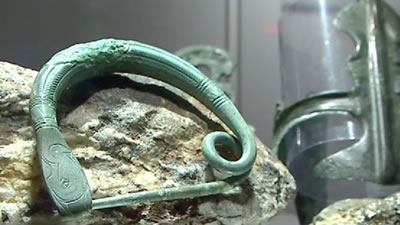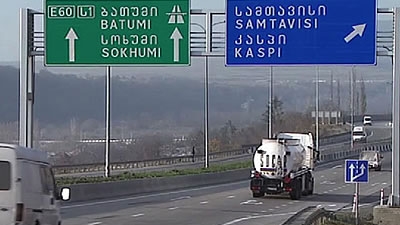"Whenever large-scale projects are being implemented, a preliminary archaeological expertise is always included in the process. However, the financial assistance provided by World Bank is always much bigger, because of the scale and volume of their construction work," says Prof. Vakhtang Licheli,Director of the Institute of Archaeology and Ethnology at Tbilisi State University, who is heading the excavation works.
This is the second large dig undertaken with World Bank support. The first was a massive pagan religious site, the Dedoplis Mindori temple complex, once the main place of worship for Georgian kings 1 BC and 1 AD. So, a new find was not completely unexpected.
"The question was whether we were expecting to find so many?! Frankly, I had not wondered about the quantity beforehand, but we knew that we would find burial sites. It has certainly exceeded our expectations, because we have already found 100 sepultures. Excavation of 100 sepultures within a month – this is a lot for an archaeologist," says Gagoshidze.
The World Bank supports the Georgian government to ensure care is taken of the cultural heritage discovered so that it can be shared for Georgians today and in the future. Artifacts from the first discovery are on exhibit at the Georgia Arts and Crafts Center, and once they are catalogued and studied, objects from the most recent find will be shown to the public, too.
As the highway project builds a better road and protects Georgia's heritage, is it also strengthening the capacity of the roads department and relevant government entities to plan and manage the road network while improving road safety, and indirectly that of the Georgian academics who reflect on the country's rich history.



